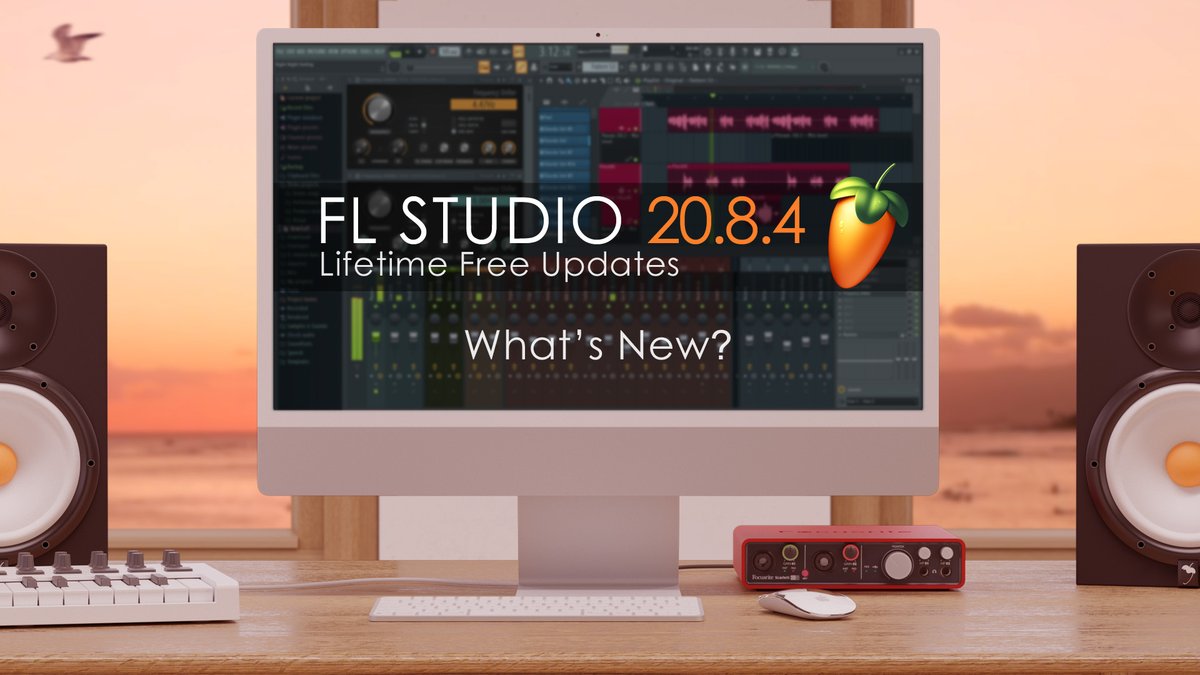

Do a test recording to see if your audio has a lot of echo (or “reverb”).Quieter, consistent sounds are easier to edit out than loud noises. Also keep an ear out for quiet “humms” or buzzes coming from computers, air conditioners or traffic.Noisey audio is super distracting for viewers. Check for loud noise coming from other rooms or outside.So before you film, take some time to make sure your environment is ideal for audio: And no microphone can overcome loud street noise or an echoey room. It’s almost impossible to fix audio issues in the editing process. Here are some tips to make sure your videos sound great. If your video has lots of static or echo, YouTube viewers are going to click away in a hurry.įortunately, great-sounding audio isn’t hard or expensive. Reflectors include handheld reflectors, white poster board, styrofoam or a piece of whiteboard.Īudio can make or break your entire video. Reflectors: Reflectors are a great way to make your direct light significantly softer.However, ring lights don’t work for medium or wide-angle shots. In fact, a single ring light can work as an entire shot’s direct lighting. Ring Lights: Great for close up shots.That said, LEDs have a number of pros over fluorescent lights (to name a few: they don’t get super hot, they’re more portable, and you can easily dim them). So you may need lots of them to get the lighting your shot needs. LED: LED lights dish out less light per bulb than fluorescent.So you want to cover the bulb with a “ soft box”. However, raw fluorescent lighting is pretty harsh. Fluorescent: This is the most common type of direct and ambient lighting option out there.That’s where a hand-held reflector can come in handy. But it’s hard to get enough of it (especially on cloudy days).
HOW TO DOWNLOAD YOUTUBE VIDEOS TO COMPUTER FL WINDOWS
Natural Light: “Natural light” includes filming outside… and any light that comes into an indoors shot from windows or open doors.When it comes to lighting, you have 5 main options: If you film in your home office, ambient light will be your overhead lights and any light coming in through your window.Īnd if you shoot in a studio, you can expect ambient light too (usually a handful of overhead lamps pointing away from the subject).Ī few direct lights will eliminate these nasty shadows. If you shoot outside, the light outside is your ambient light. This is the type of light that fills the room naturally. And once you learn about these handful of light options, you can choose the exact setup that works best for you. Fortunately, there are only a handful of light types. So you definitely want to avoid this at all costs.Īs you may have seen, there are thousands of bulbs, watts and stands to choose from. A lack of lighting makes your videos look dark and grainy. In other words: most videos don’t have enough lighting. But if your lighting is off, it will ruin your entire video.Ī good rule of thumb to remember is: it’s almost impossible to have too much light. You can have the perfect setting, frame, mic and camera. Lighting is one of the most important elements of your video shoot. Your “Frame” is simply what people see in the final video. Over time, this will establish a sense of identity and style that’ll help your channel stand out from the pack. That said, do your best to make your style consistent. The cool thing about setting up a style is that it’s completely up to you. A heavy metal riff and a piece by Bach tell completely different stories. Music: If you use music in your videos, think of the radically different messages music can convey.Others prefer to use a “real life” background, like a home office, recording studio or bedroom. Some creators opt for a plain background (like a wall or white sheet). Background: Your background is a key element of setting a consistent style.For example, if you run a baking channel, you may use props like a rolling pin or bag of flour.


That said, props aren’t limited to comedy videos. Props: Props aren’t right for every type of video.



 0 kommentar(er)
0 kommentar(er)
